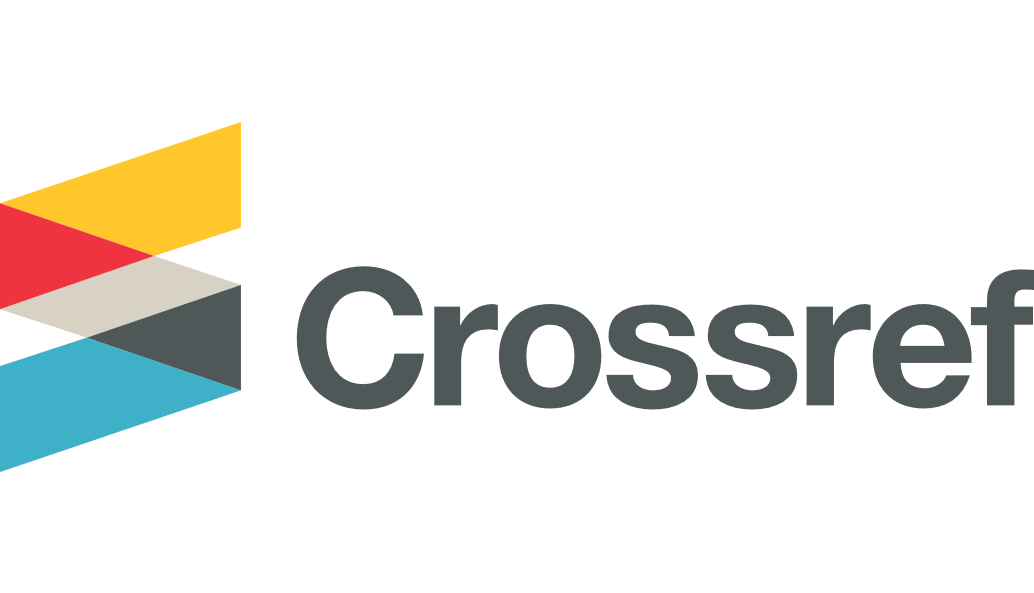Author ORCID Identifier
Florian FORELLI 0000-0001-8650-2746
Georgios KAKAVAS 0000-0002-9138-6994
Timothy E HEWETT 0000-0001-9729-7573
Vasileios KORAKAKIS 0000-0002-8033-3934
Alexandre JM RAMBAUD 0000-0001-7194-7777
Keywords
blood flow restriction; quadriceps muscle activity; low load; anterior cruciate ligament reconstruction
Disciplines
Medicine and Health Sciences | Orthopedics | Rehabilitation and Therapy | Sports Medicine | Surgery
Abstract
Background
After anterior cruciate ligament reconstruction, a crucial priority is restoring knee muscle strength, especially the quadriceps, to reach the pre-injury strength levels as fast as possible. A feasible alternative to heavy loading might be blood flow restriction training that may elicit quadriceps muscle strength adaptations using low external loads. This study assessed whether quadriceps strengthening using low load blood flow restriction (LL-BFR) would enhance electromyographic (EMG) activity of the vastus medialis (VMO), vastus lateralis (VLO), and rectus femoris (RF) similar to quadriceps strengthening using heavy loads resistance training (HLRT). The secondary objective was to assess intra-quadriceps regional EMG differences between the 3 quadriceps muscle heads.
Methods
Twenty-six patients were recruited after anterior cruciate ligament reconstruction and divided into 2 groups (LL-BFR and HLRT) 3 months after surgery. Patients performed 1 set of 12 repetitions of knee extension during which the EMG activity of the VMO, VLO, and RF was measured with the FREEEMG electromyographic system. The maximal voluntary isometric contraction normalized the EMG results.
Results
On EMG data, significant in-between group differences were found, highlighting a higher activation for the HLRT group (p = 0.01), VMO (p = 0.002), and VLO (p = 0.002), as compared to the LL-BFR group. No significant differences were observed between RF and vasti muscle activation in the LL-BFR group (p = 0.89) and HLRT group (p = 0.12)
Conclusion
These findings indicate that HLRT may elicit a significant increase in quadriceps EMG activity, an effect not seen in the LL-BFR group
Recommended Citation
Forelli F, Nguyen C, Mazeas J,
et al.
The Effect of Blood Flow Restriction Training on Quadriceps Activity After Anterior Cruciate Ligament Reconstruction: A Preliminary Randomized Controlled Trial.
Marshall J Med.
2024;
10(3)
DOI: https://doi.org/10.33470/2379-9536.1439.
Included in
Orthopedics Commons, Rehabilitation and Therapy Commons, Sports Medicine Commons, Surgery Commons


